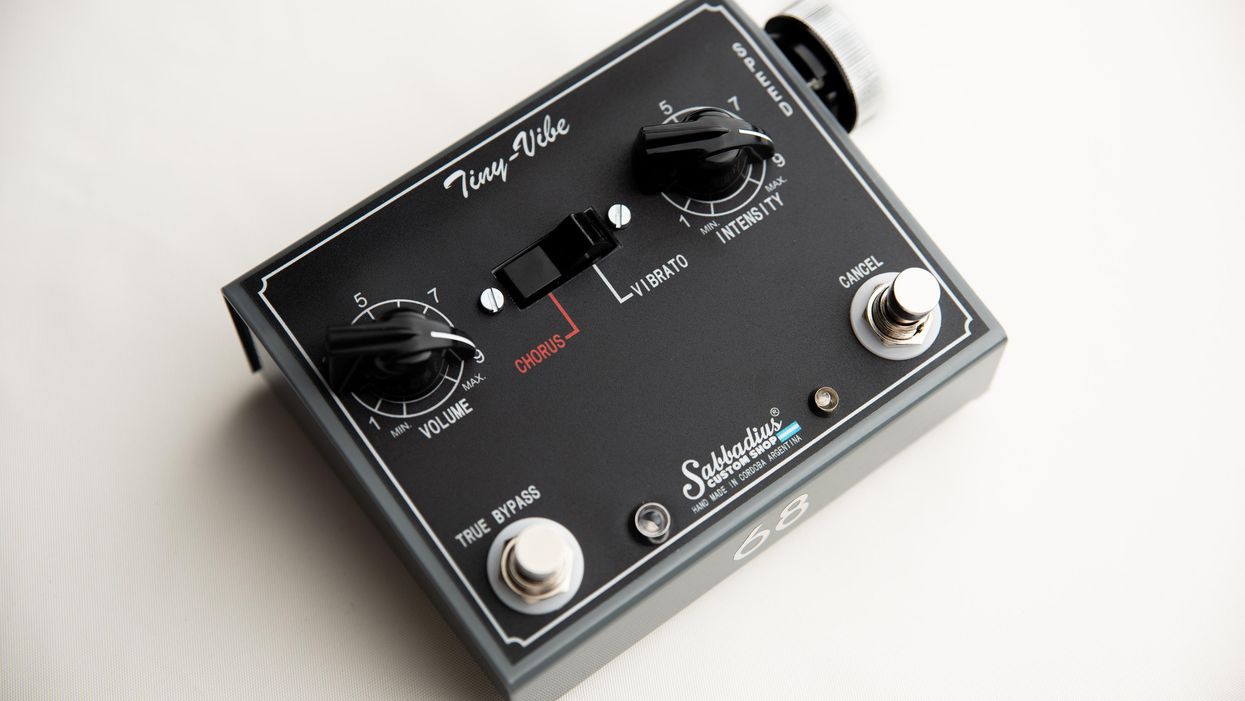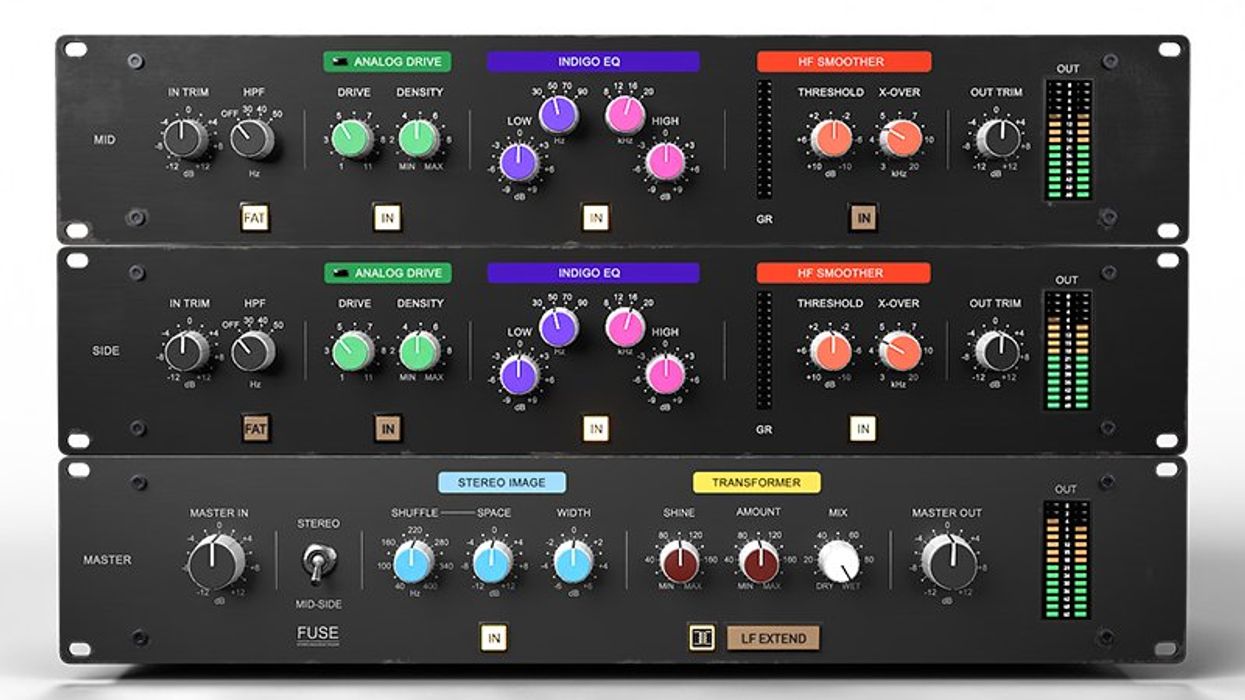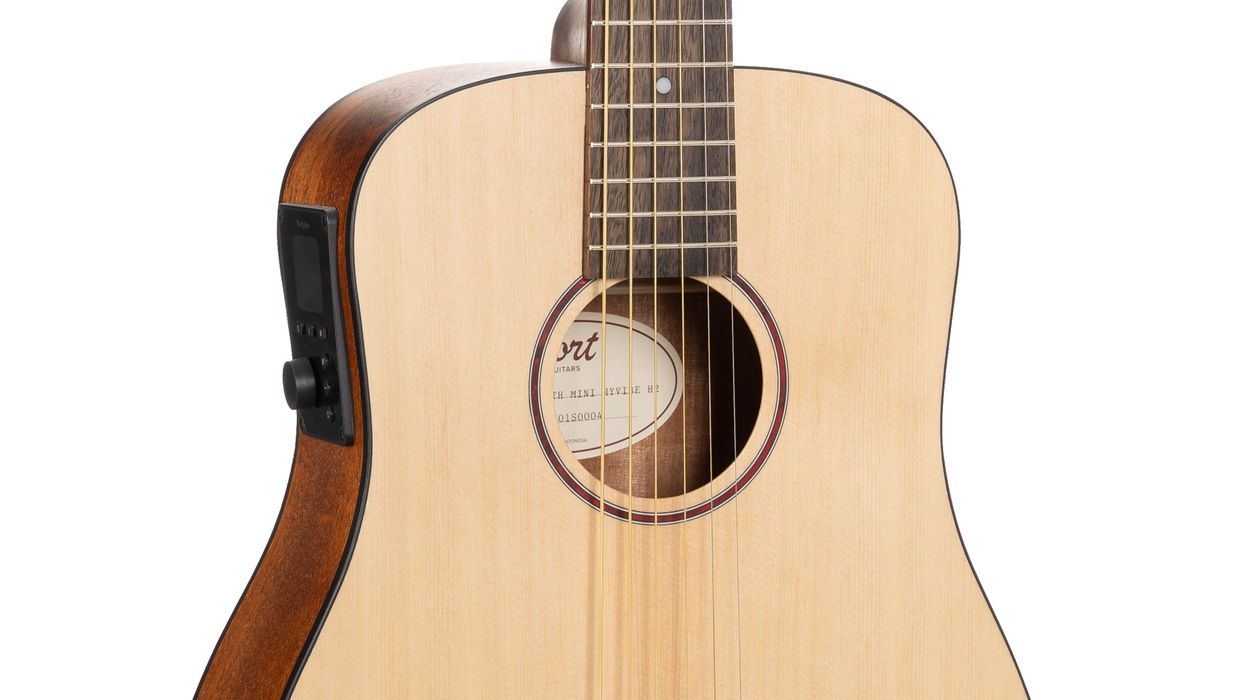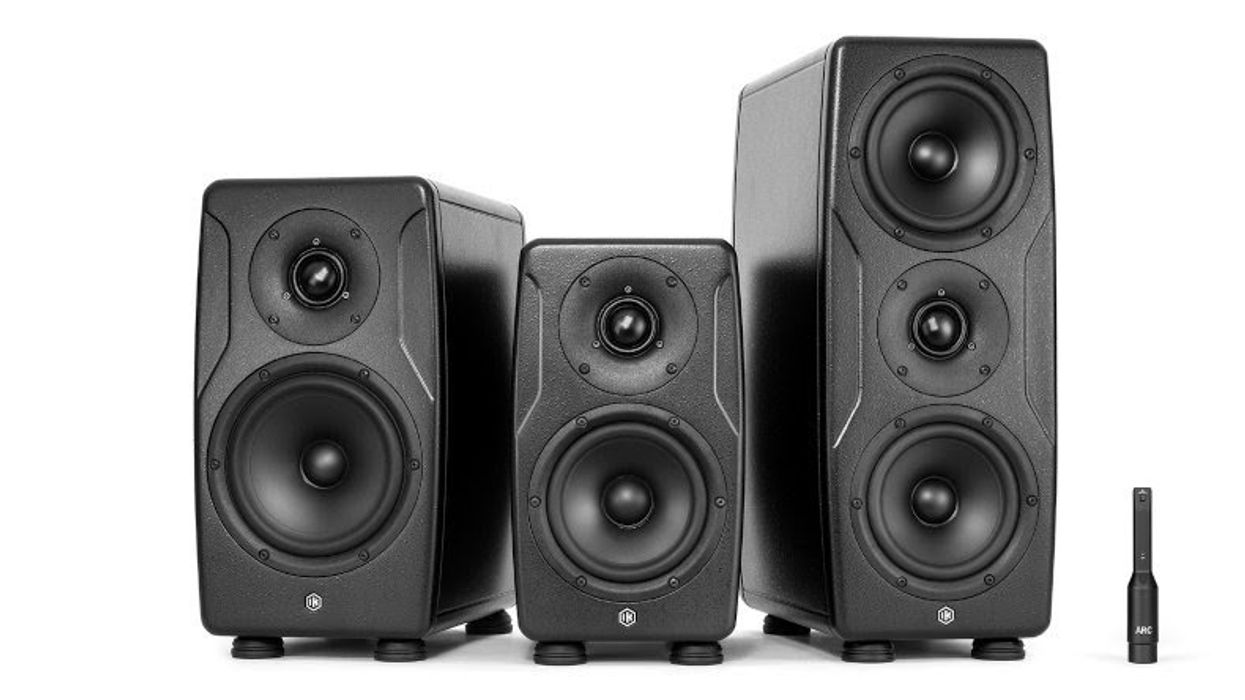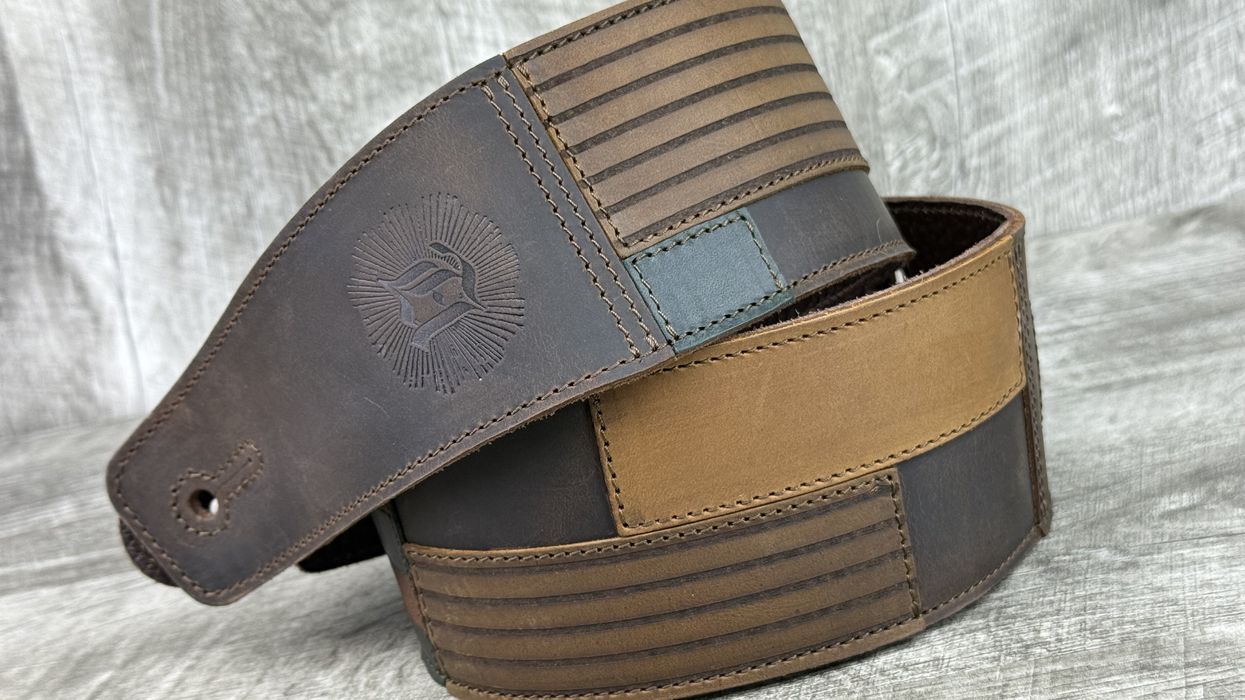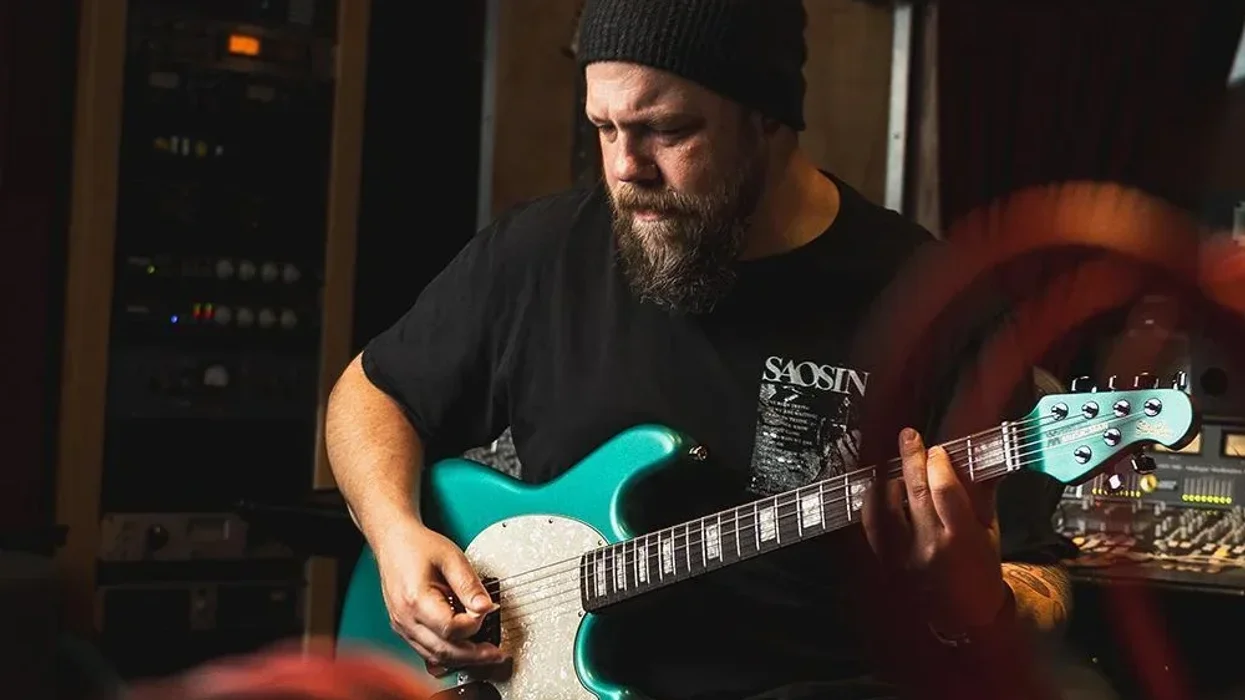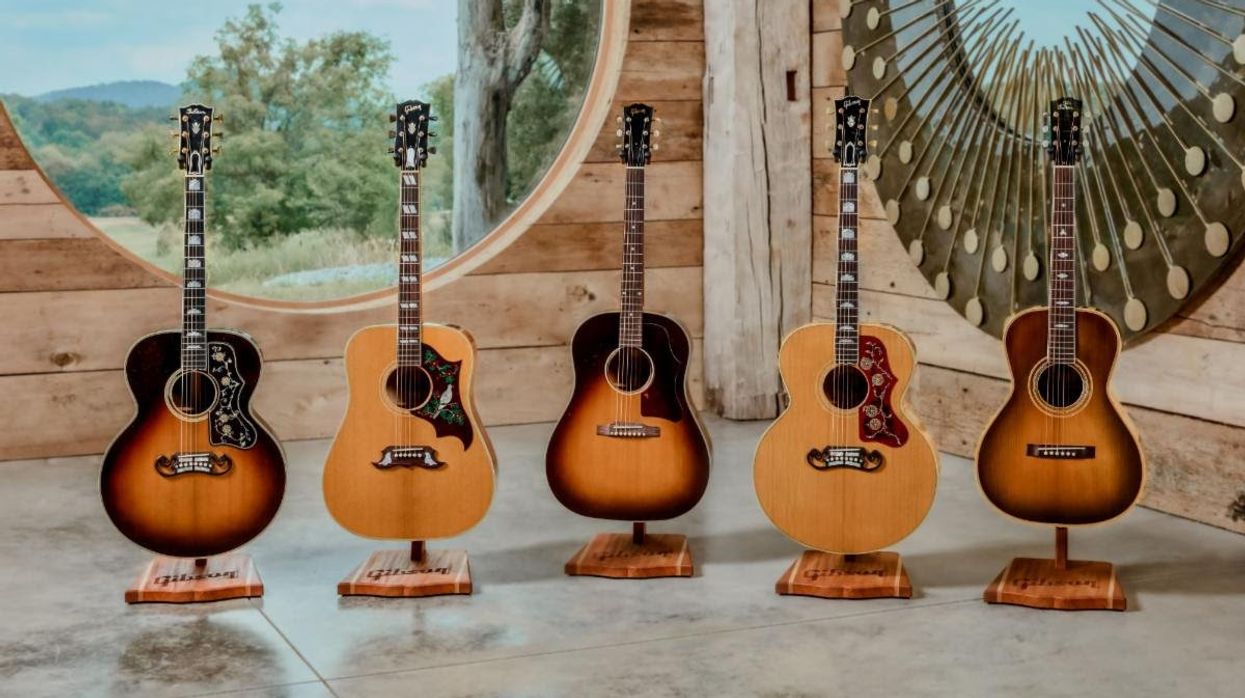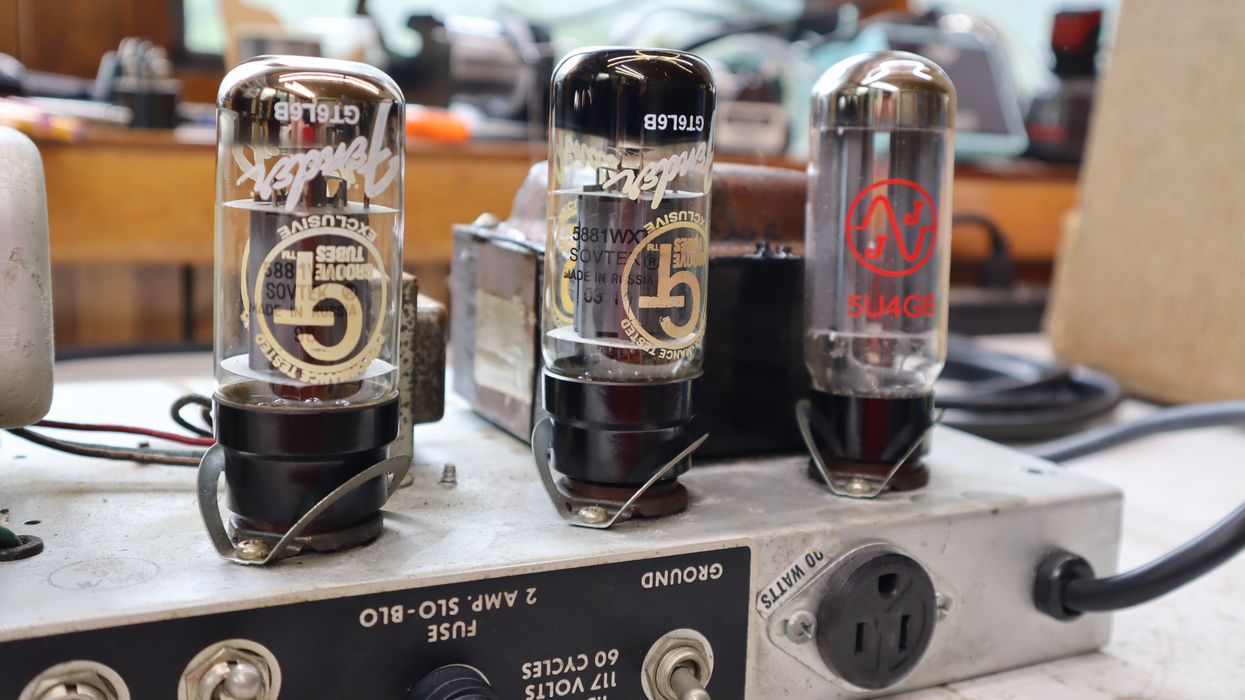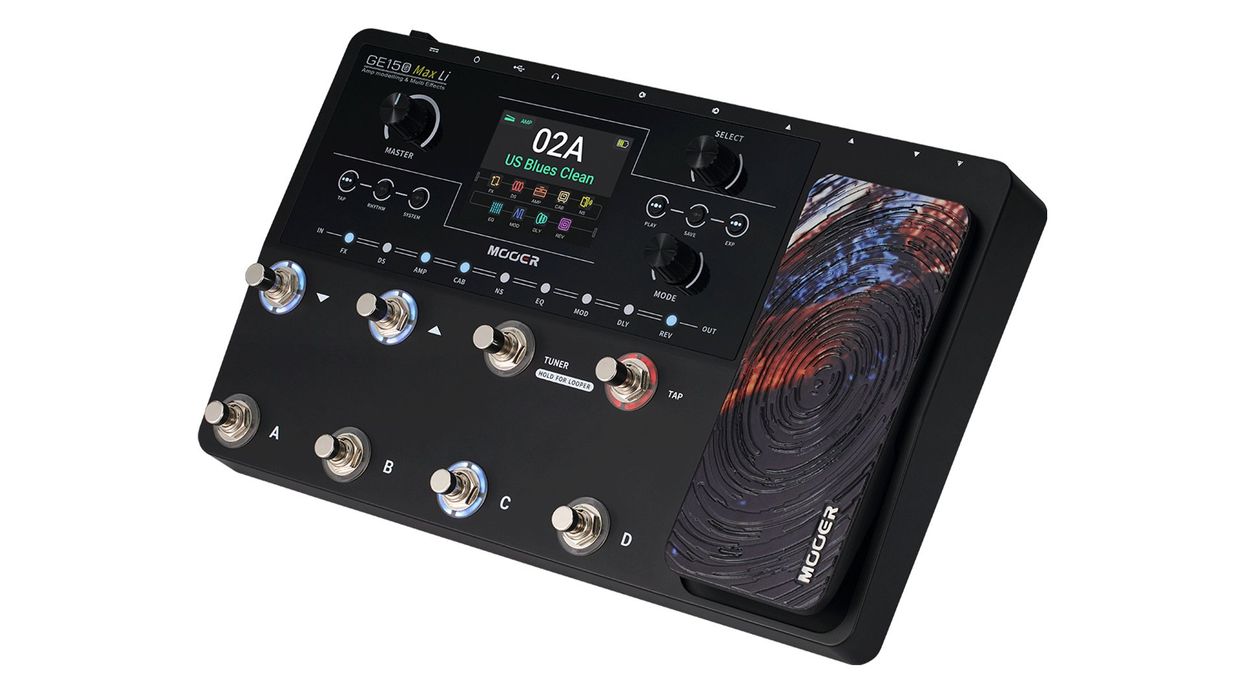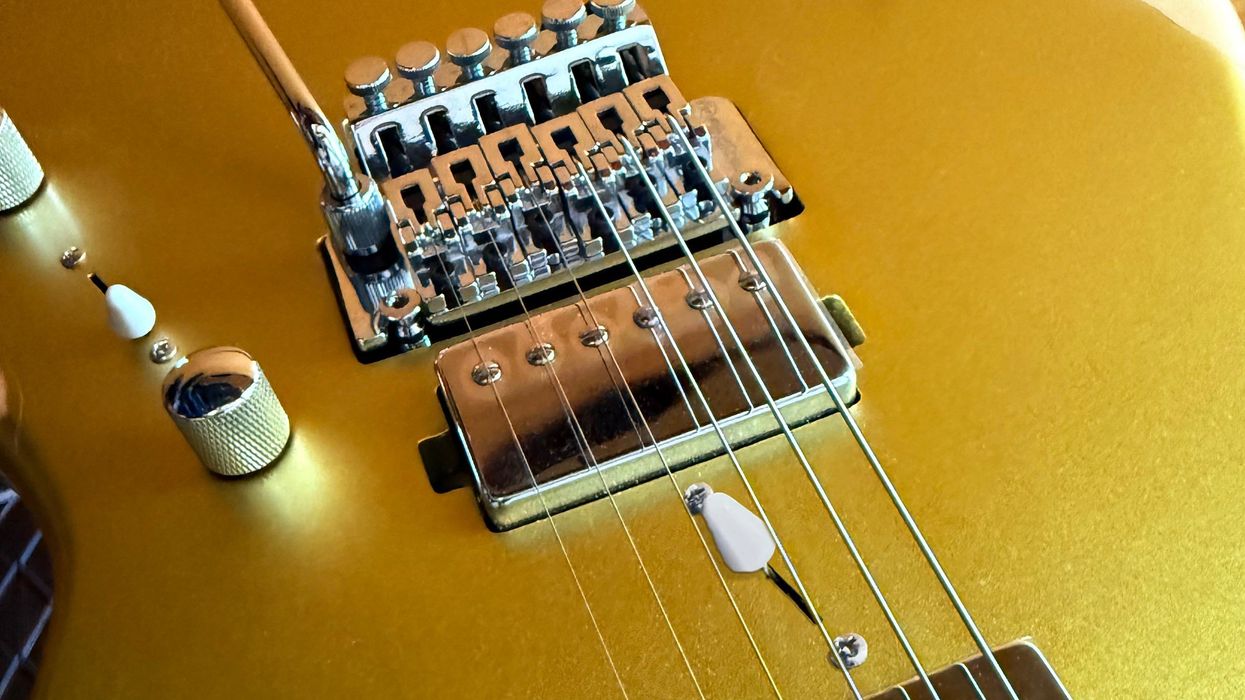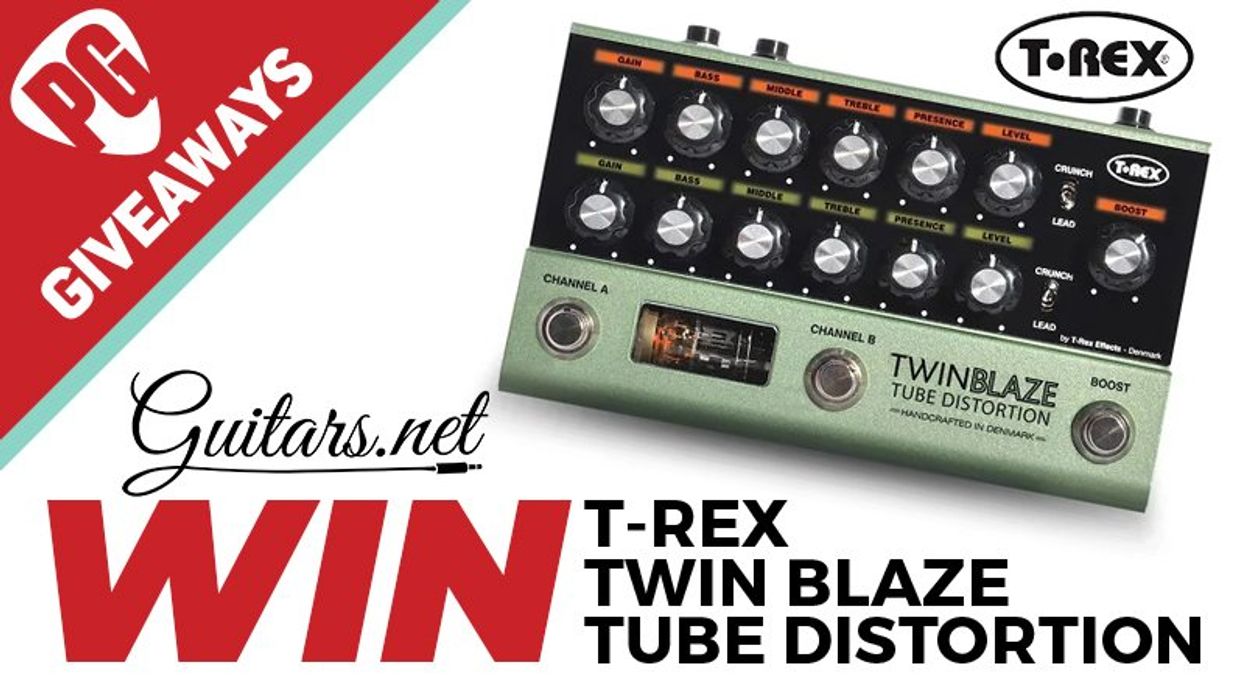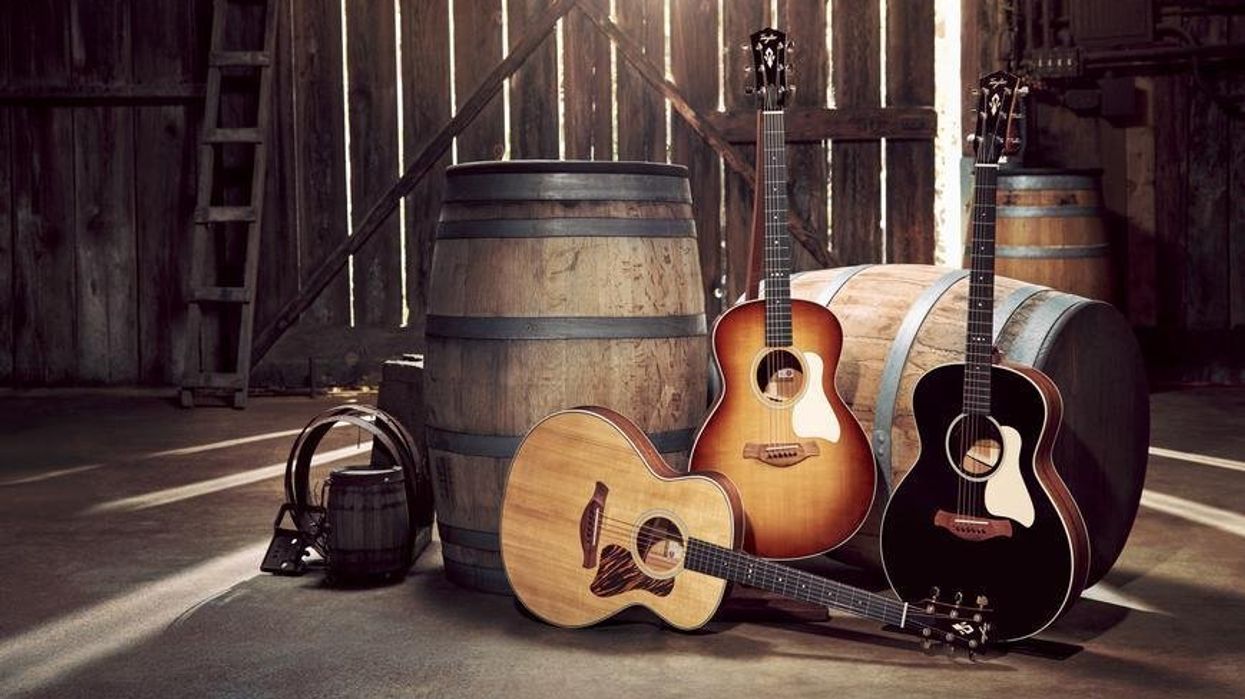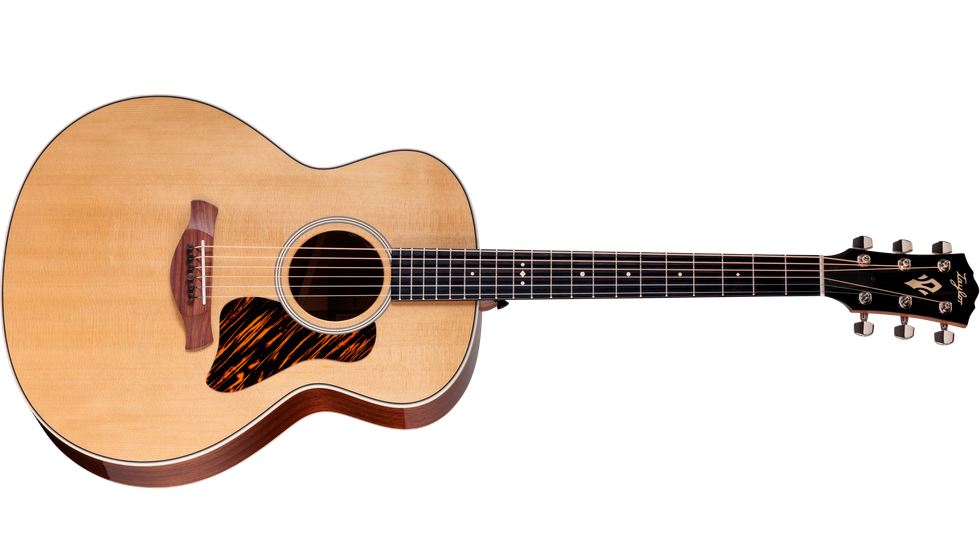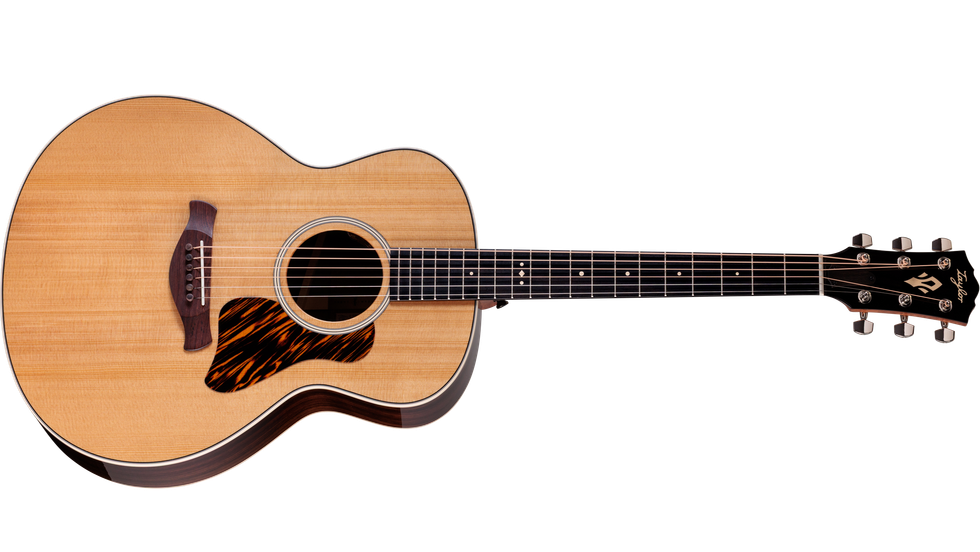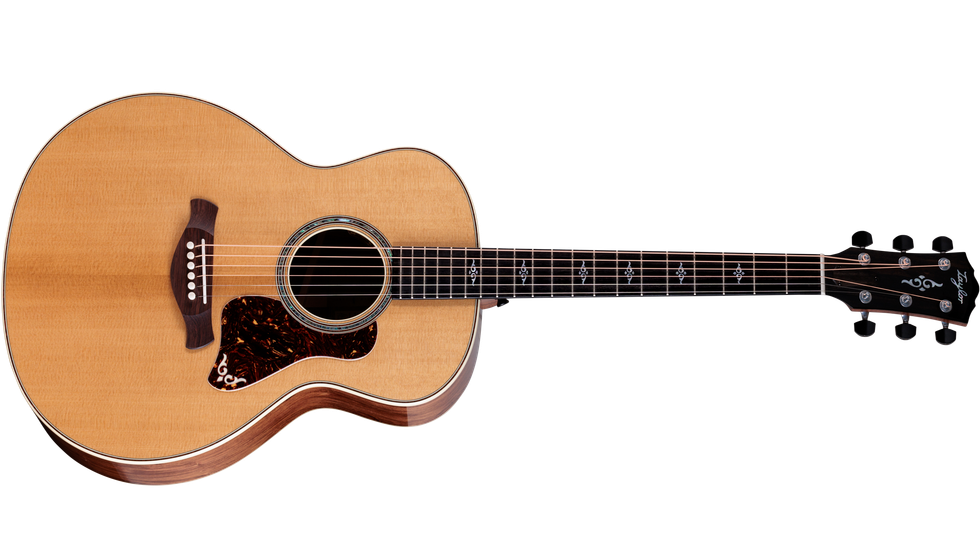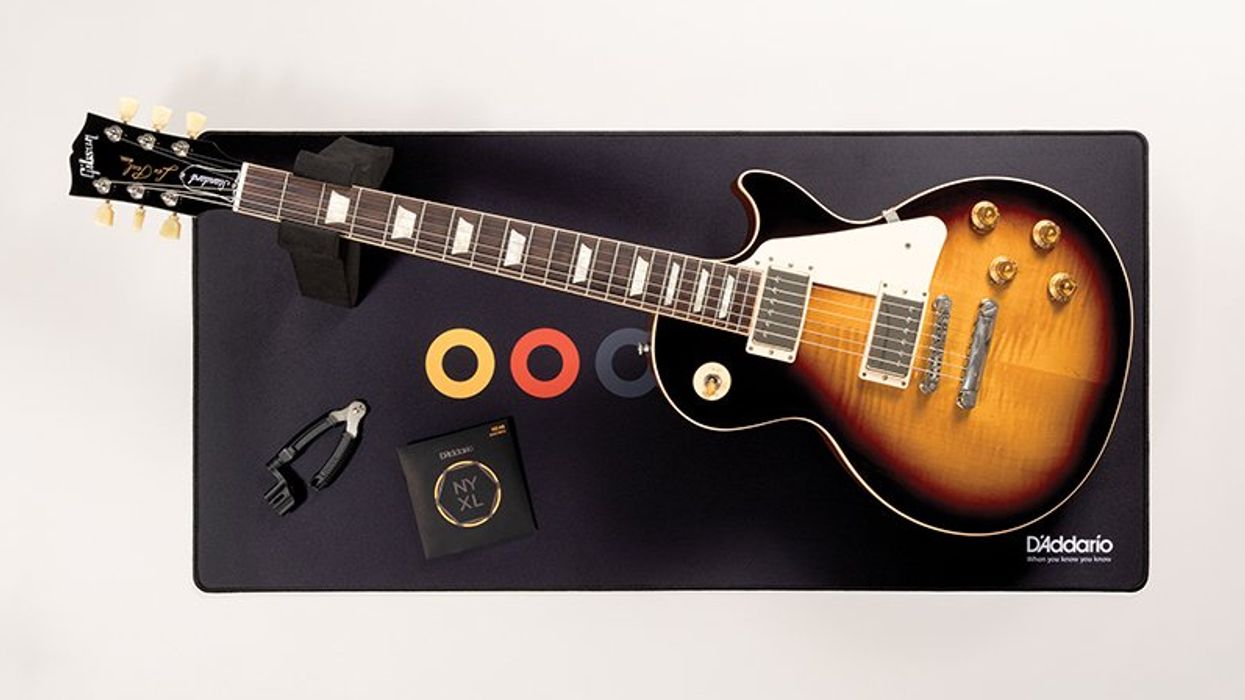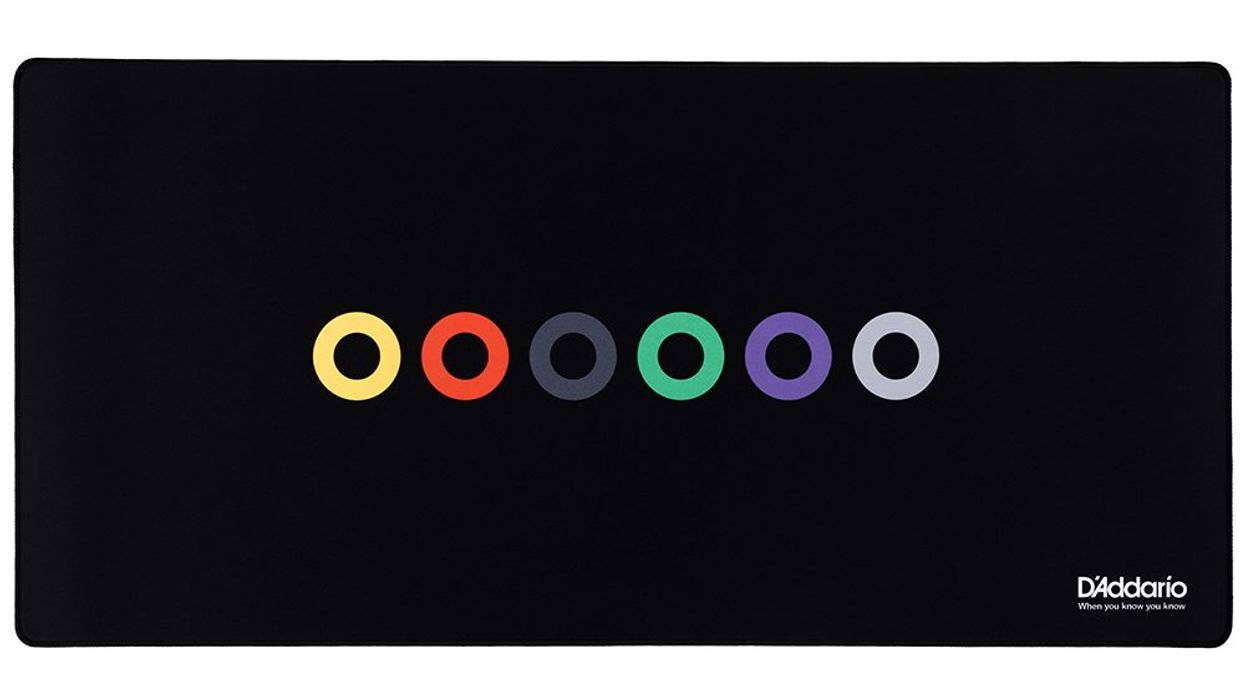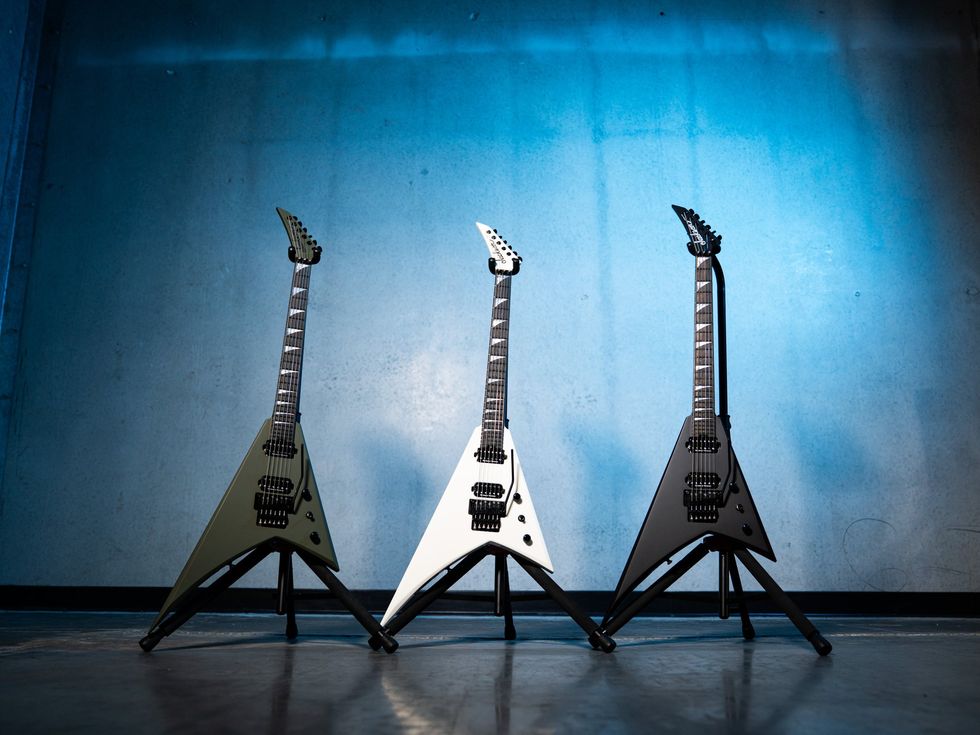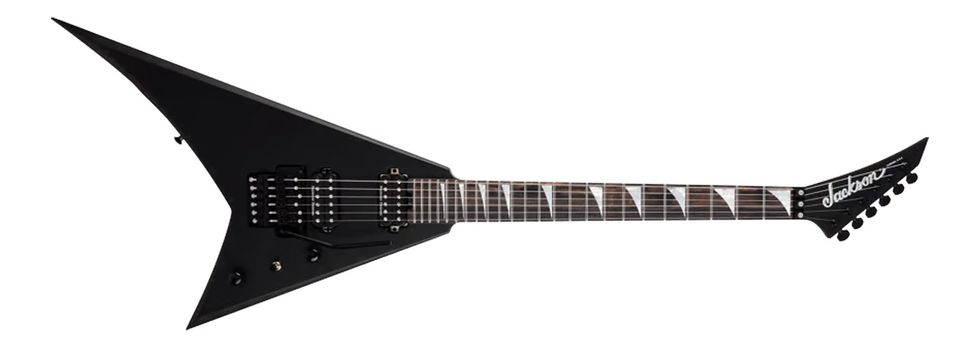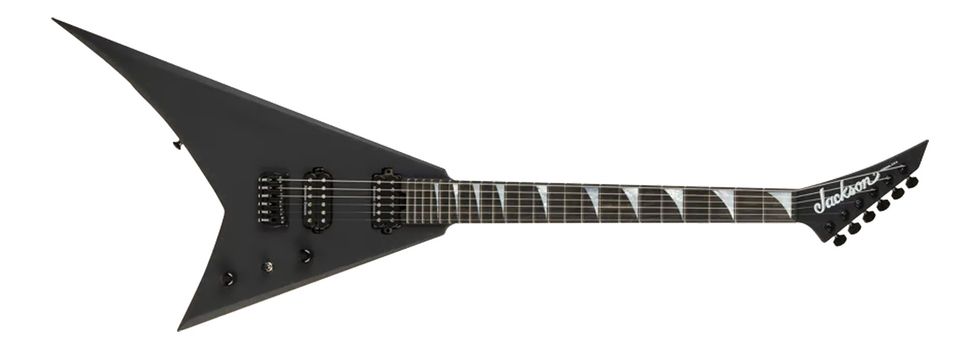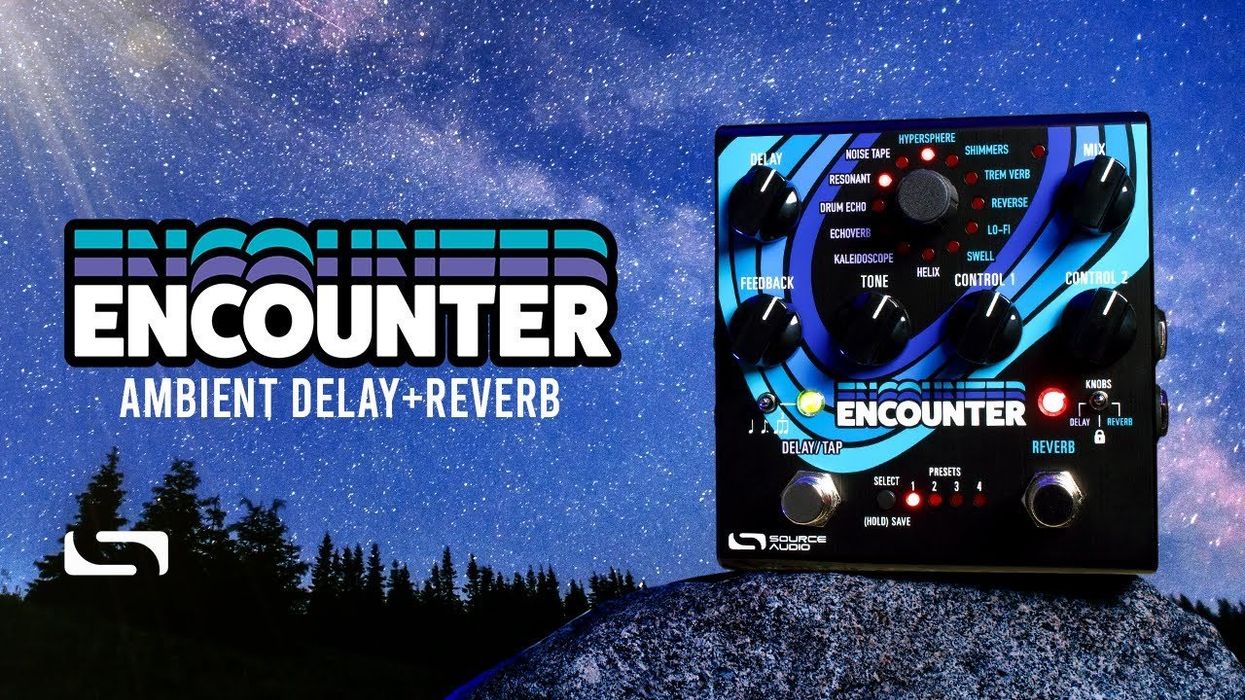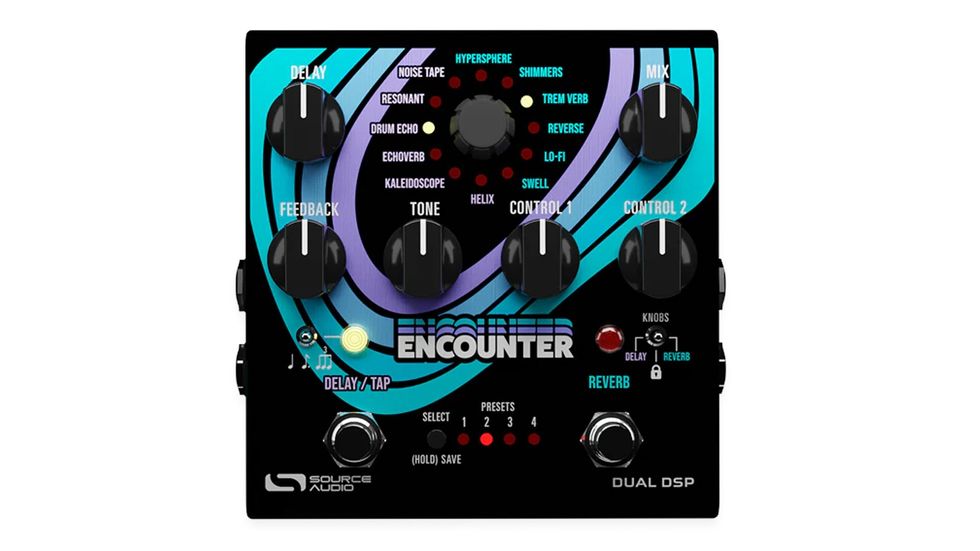Differences between the 68 Tiny-Vibe vs. 69 Tiny-Vibe:
* Sabbadius 68 Tiny-Vibe: Based on the one that started it all, this version is like the early 1968 Uni-Vibe made by Honey UNICORD made famous by Jimi Hendrix. It has a faster speed than the 69 and pulse throb is more intense at fast and slow speeds.
* Sabbadius 69 Tiny-Vibe: Based on the effect made by Shin-ei Companion in Japan in 1969 following the bankruptcy of Honey UNICORD company. The sound is slightly different compared with the 1968 Uni-Vibe. This version was the one used by David Gilmour and Robin Trower in the '70s. The sound is more "round" and warmer than the 68 and because of that it has more chewy sound in CHORUS mode than the 68 version.
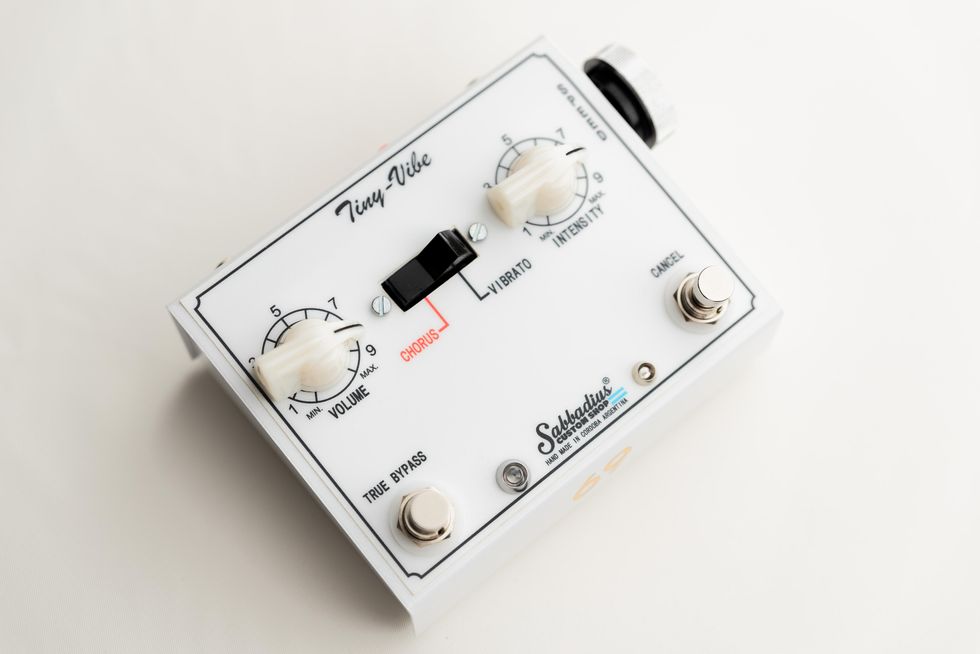
The 68 Tiny-Vibe uses the same components and specifications of the old 68´s Honey Uni-Vibe and the 69 Tiny-Vibe version uses the same components values and specs as the Shin-ei 1969 version. The transistors used here are the Matsushita 2sC828 and 2sC539 for the Pre-Amp section like in the original Uni-Vibe.
Each pedal features 3 knobs, which set VOLUME, INTENSITY, and SPEED. It also features 2 footswitches: one of them activates the effect for True Bypass, the other one switch is the CANCEL function that allows you to use the pedal as a Pre-Amp or the original Uni-Vibe effect sound. This means that you turn off the lamp bulb keeping a high impedance in the photocells that gives to the sound a wonderful Pre-Amp like original Uni-Vibe's did in the foot control pedal. It has a BLACK soft Rocker switch that you set the mode´s for "CHORUS" or "VIBRATO" MODE.
The Sabbadius Tiny-Vibes do not use batteries and require an external DC 18 Volt 200mA NEGATIVE CENTER PIN Power Supply. (You can use a DC 18 Volt power Supply with 100Ma, but for best results use DC 18volt 200mA.)
Specifications:
* VOLUME: sets the output volume.
* SPEED: sets the effect's speed in either mode.
* INTENSITY: sets the effect's intensity or depth.
* CHORUS - VIBRATO Mode ROCKER SWITCH: sets whether CHORUS Mode or VIBRATO Mode is activated.
* CANCEL Footswitch: activates the lamp Bulb to swirl the effect or turn off the lamp to use as a Pre-Amp like original Uni-Vibe's does.
* TRUE BYPASS: Premium quality 3PDT True Bypass footswitch to turn the effect ON/OFF.
* Can be powered only with a DC 18 Volt 200mA Power Supply with NEGATIVE CENTER PIN.
* NO VOLUME DROP.
* ON/OFF Red LED for True Bypass Indicator.
* SPEED LED indicator.
* Black Chicken Head Knobs with Crest for 68 version and Creamy/White for the 69 version
* Chewy tone and strong INTENSITY for more 3D Underwater double pulse kind of sound.
* Original 1960s Japanese Lamp Bulb.
* 100% Hand Wired & Hand Weldings.
* 100% analog circuit.
The 68 Tiny-Vibe and 69 Tiny-Vibe carry a price of $399 USD + 50 USD for worldwide shipping and paypal fee included and are available for purchase on sabbadius.com.
